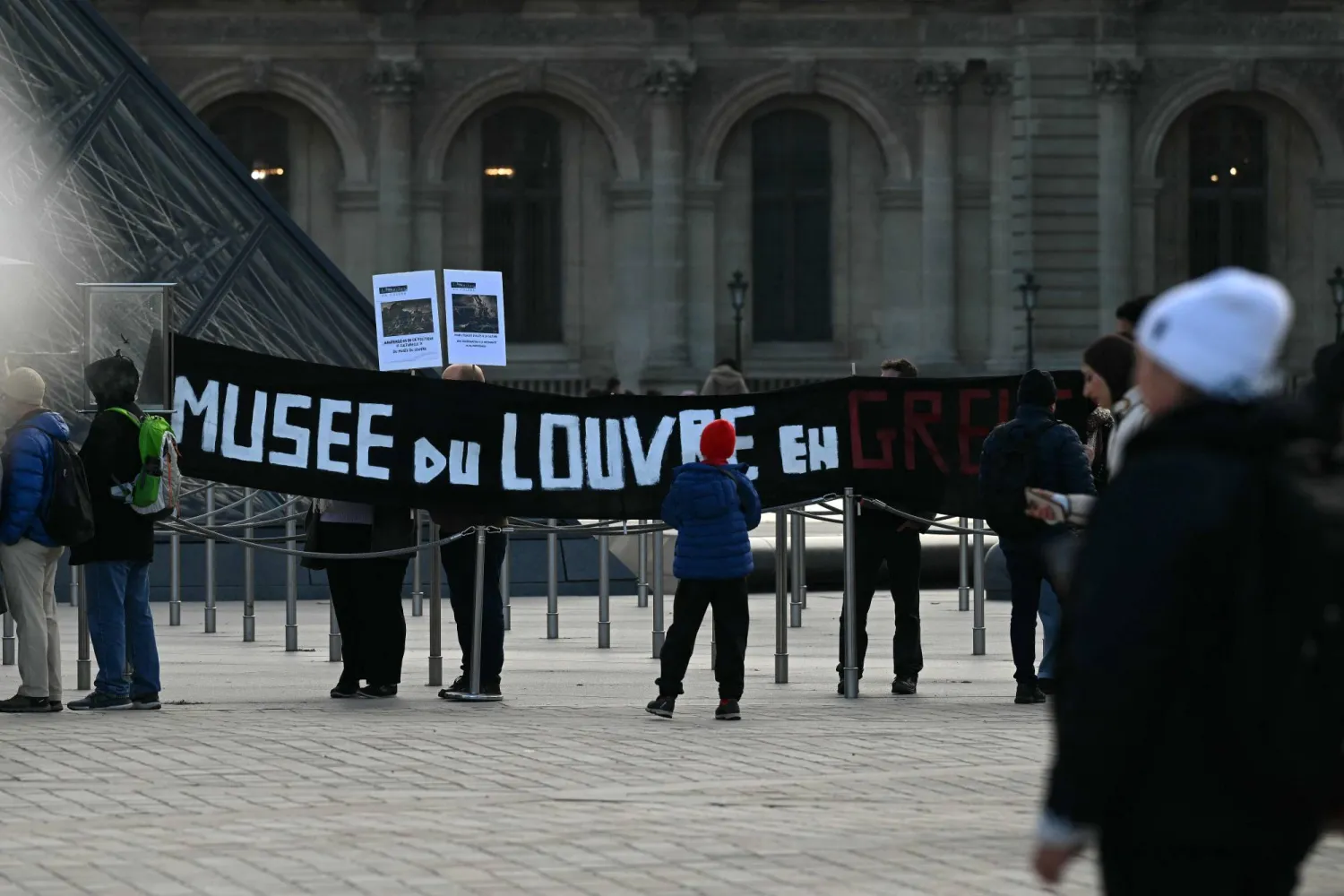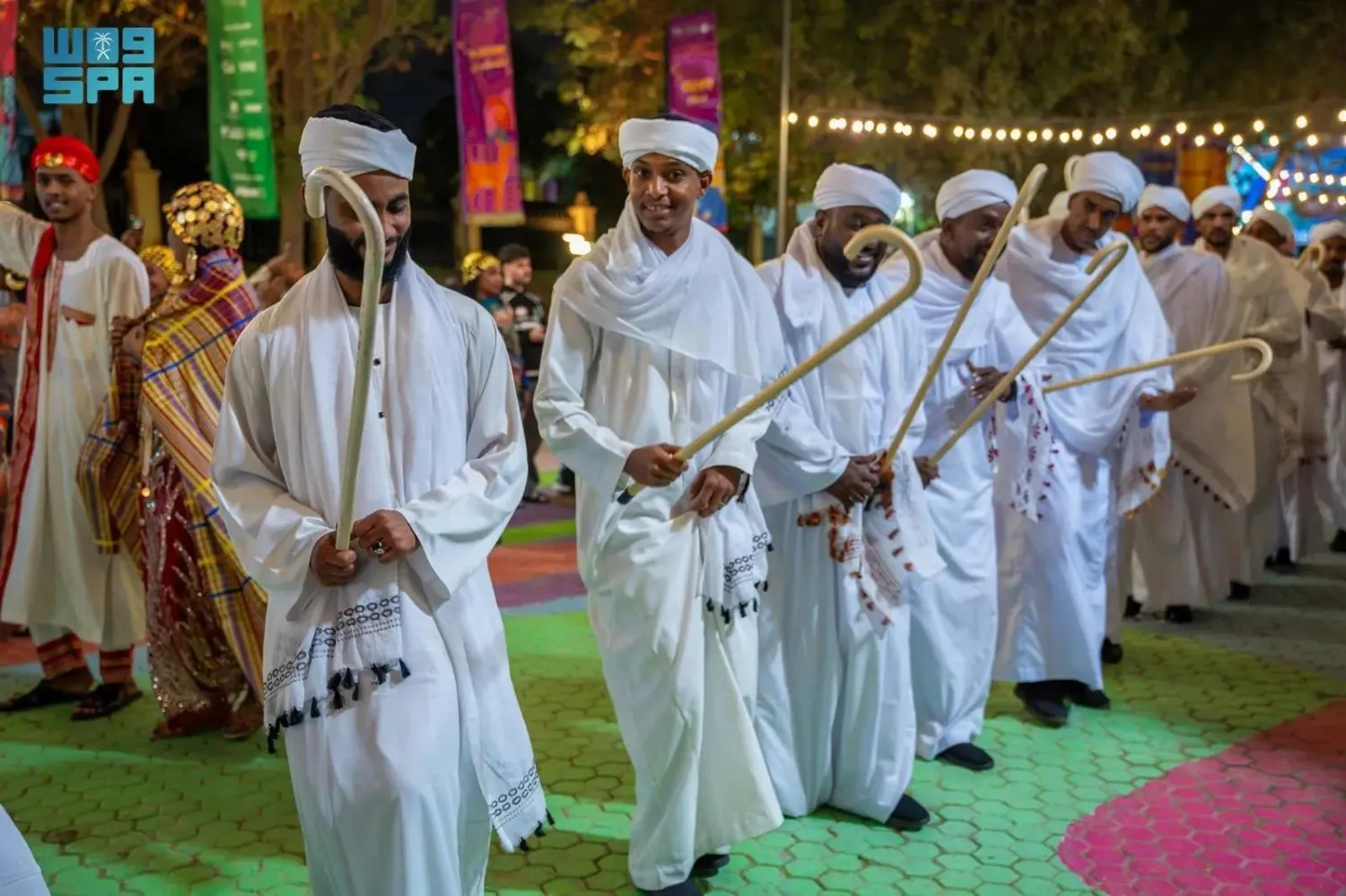The Irish Novelist Oscar Wilde uses the story collection "A House of Pomegranates" to express his philosophy through different characters like mermaids, tulips, forest animals, and even mythical creatures inspired by the Greek mythology. With a wild imagination, he weaved stories and lessons about how beauty can be a "painkiller", said a main character in one of his stories. The "A House of Pomegranates" collection has been recently released by "Afaq" publishing house in Cairo, and translated by Inas al-Turki. Turki said that was the first Arabic translation of the story collection described as one of Oscar Wilde's greatest works.
In the "Fisherman and his soul", the hero is a fisherman who took an unfamiliar fateful decision. He separated from his soul because it was preventing him from marrying the mermaid that charmed him with her beauty and pure voice during his fishing trips. To marry her, the fisherman had to do one thing: get rid of his human soul that, according to the rules of sea creatures, was a burden.
"What is the value of my soul? I don't see it, or touch it, and I don't know it," said the fisherman while telling his story to the monk, who tried to change his mind, saying: "The soul is more valuable than the world's gold and kings' jewels." However, the lover wasn't convinced and went to offer his soul for sale. The vendors told him: "A human soul is valueless. It won't bring us a small silver coin," proposing to buy his body, and turning him into a slave, so they can sell him to a queen.
Then, the fisherman went to a malicious witch who lived in a cave. She recommended him to stand with his back to the moon until he sees his shadow and cut it with a knife, because "a human's shadow is his soul." But before he cuts his shadow, the soul pleased him to let it alive, and asked him to keep his heart for it so it doesn't feel alone in this cruel world. However, the fisherman refused and told the soul: "How can I love my mermaid if I gave you my heart?" Then, the soul asked him to meet it once a year on the beach where they split and he accepted.
The soul called him every year, and he went to meet it. In the first year, it told him about its tours in the East, and proposed to give him the "mirror of wisdom", which can show him the truth wherever he is, if he accepts to reunite with the soul. However, he refused because "love is better than wisdom," and went back to his mermaid. The second year, the soul called him again and spoke about its tours in the South, then proposed to give him a ring that would make him the richest man on earth, but he refused because "love is more important." In the third year, the soul proposed to accompany him to a nearby city where he can watch a barefoot woman dancing. The mermaid has no legs and cannot dance, so he agreed to go with his soul but only on a one-day trip so he can return quickly to his mermaid.
Here, the soul started to incite him to bad actions like stealing a silver cup, slapping a child, and killing a kind man. The fisherman noticed that his soul has become pure evil, and when he denounced its action, the soul told him: "Did you forget that you left me without a heart?" The fisherman tried to separate from his soul again by cutting his shadow as taught by the witch, but he discovered that his soul and shadow can be cut one time, and that his evil soul will stay with him forever. As "his love reached great levels", the fisherman looked for his mermaids in the seas, neglecting the words of his soul calling him to forget her. Eventually, when his heart broke, the soul found its way again to him, and they reunited.
The story collection includes four stories in 217 pages. Wilde used pomegranates as an expressive symbol in his four stories, and created tens of imaginary pictures aimed at making an equal dialogue between the worlds of kings and poor people. In the "Young King" story, a poor man stands in a crowd and addresses to the king, saying: "Sir, don't you know that the life of poor people exists because of rich people? We live from your extravagances. We gain our bread from your vices. Working hard for a cruel master is bitter, but not having a master to work hard for is even bitterer." In this story, a sixteen-year-old shepherd surprisingly found himself in a fancy palace, and knew he is the only legitimate heir of a king, whose daughter was killed for loving a lower man. The young shepherd's life starts to change with an excessive passion for beauty. His greatest dream centered on his appearance during the crowning ceremony and "the golden cape, the sapphire-studded crown, and the pearl-adorned scepter" he is going to wear.
However, that night, the young heir saw three dreams that described the heavy price he is going to pay to wear these three things. The first dream featured weak hands shaking in a heavy air while weaving his cape; in the second, he saw himself on a boat during a fishing trip that ended with the bloody death of the diver who found the prettiest pearl for his crown; in the third, he saw death and greediness fighting and messing with the fate of men looking for the sapphires that would adorn his crown. The young shepherd woke up the next morning and ordered his escorts who brought the cape, crown, and scepter to "take these things away, and hide them. The white hands of pain weaved the cape with the loom of sadness; the sapphires are covered with blood, and the pearl is hunted by death".
Finally, the heir chose to attend the crowning ceremony accompanied by his sheep, wearing his cape made of sheep fur, and putting a crown of thorns on his head, with the primitive shepherd stick in his hand. When he walked among the crowds in this modest appearance, the rich and poor called him "the beggar and the king's clown", while he insisted on modesty and told them about his dreams.









